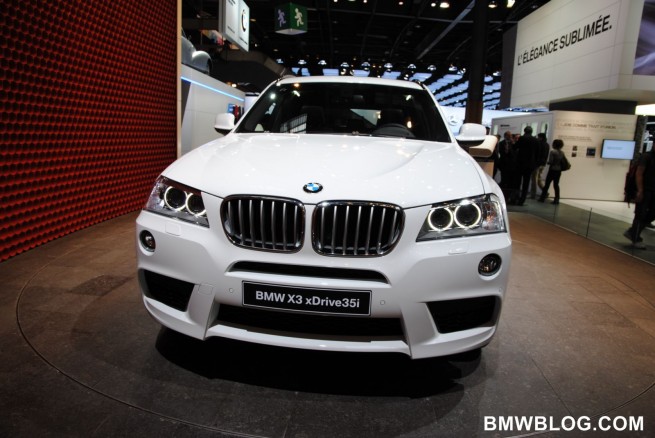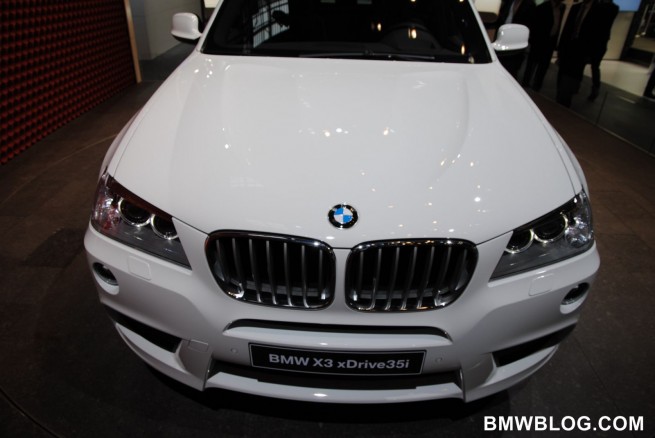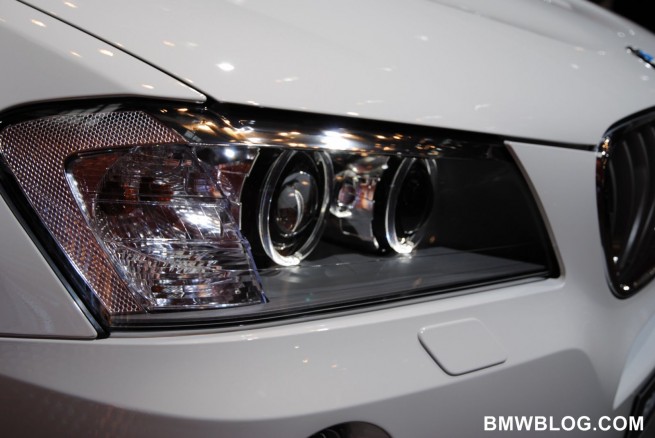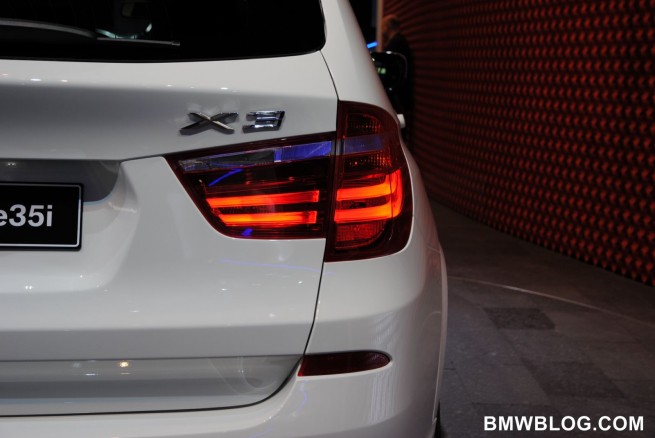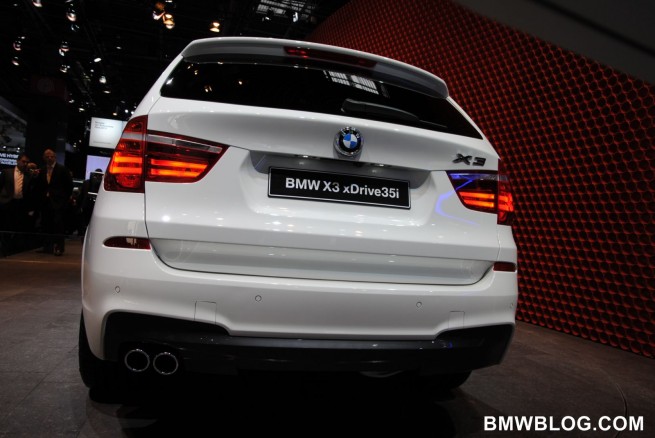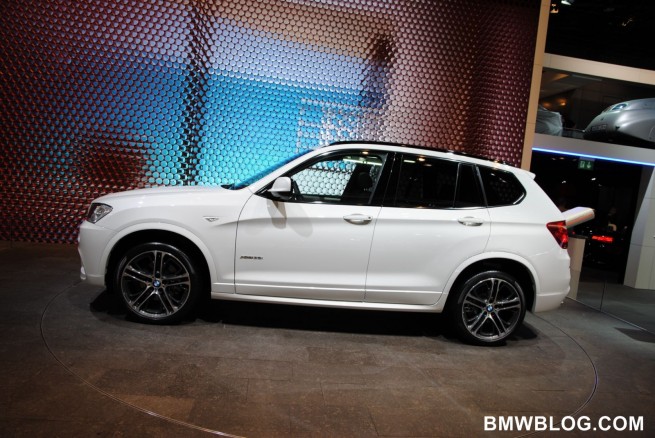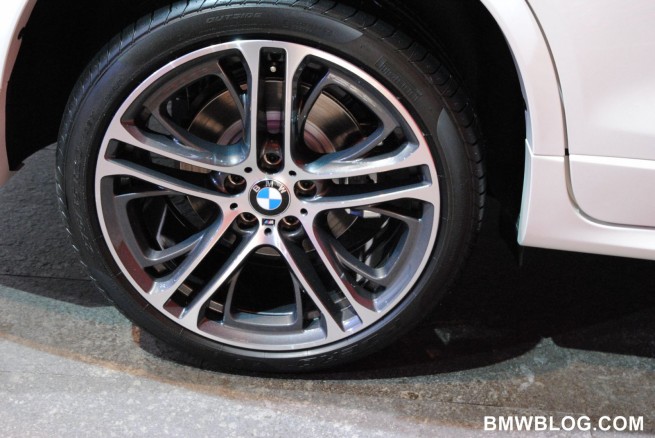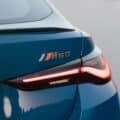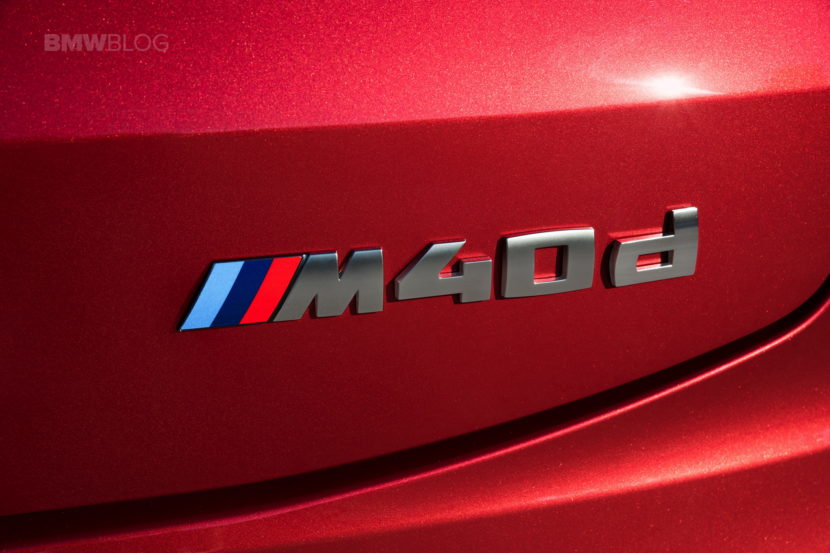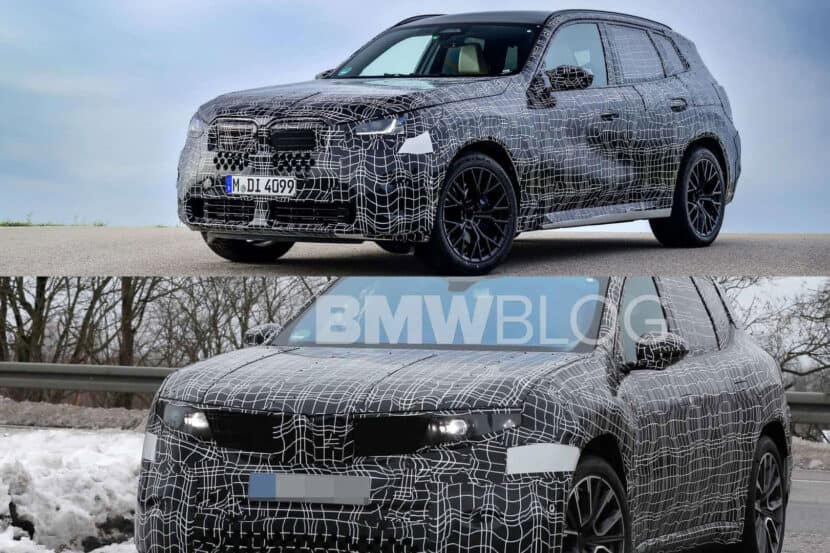Back in 2003, the trend of downsizing from larger SUVs became quite evident and premium automakers went back to the drawing boards to conceptualize a vehicle that will enter and take conquer the premium compact SUV segment.
BMW saw a demand for premium SUVs and launched their first small Sports Activity Vehicle: BMW X3. With almost no competition at the time, Land Rover Freelander was the only vehicle coming close to the X3, the X3 captured majority of the segment share. “Basically we had about 95% of the segment back then, we really saw the demand coming there and the downsizing trend also occurring in the premium segment as well”, said Joe Weird, BMW X3 Product Manager.
Despite initial design criticism, both inside and outside the cabin, the X3 SAV turned out to be a big winner for BMW. A quick facelift fixed some of the initial quirks and also settled some debts with the customers, mostly around the quality of its interior design.
Over the next few years of years, the segment has been filled with offerings from other automakers, with the big players Audi and Mercedes launching their Q5 and GLK respectively. Two compelling products that quickly stole the market share from BMW and established themselves as market leaders.
With an overdue design and lessons learned from its first generation, BMW began working on the second generation F25 X3 back in 2006. After several rounds of internal design competitions, the approved model belongs to Erik Goplen, Director of Creative Design at the California-based design shop, Designworks, same subsidiary of BMW that also sketched out the first X3.
Starting from the idea of designing a Sports Activity Vehicle with a family-oriented approach, Goplen penned the new X3 with his own family in mind and also as an owner of the first generation X3.
Functionality, efficiency and dynamics are the core elements of the second generation X3, and Paris Motor Show was the chosen venue to showcase to the world these new elements.
Exterior Design
At a first glance, you see a more modern design, inline with the new BMW design language. The car sports, the same as the new 5 or 7 Series, a larger grille, imposing, yet not too aggressive. With a 50-50 split between male-female owners ratio, the front-end gets a neutral design that is appealing to both genders. With a segment that seems to cater mostly to females, BMW opted for the middle-ground, but the very early unveiling of the M-Sport package will most likely attract the male demographic.
The kidneys also feature shinny titanium inserts as seen in its bigger brothers, the X5 and X6.
As expected, the F25 X3 displays the now usual LED treatment, but with a new design around the corona rings. The LED technology is standard on the top-model xDrive35i and optional for the U.S. entry-level xDrive28i.
From the back, the X3 can be easily recognized as a BMW product. The modern, fluid and rounded shapes are complemented by larger taillights that also feature the LED technology with a pair of glowing bars, very similar to what you see in an X5. The black-painted bumper seen in pre-facelift first generation models is long gone; another lesson learned by BMW from its nit-picking customers.
The original x3 looked a little bit narrow from behind, very vertical, the new one looks like it is more planted on road, with increased substance.
Bringing up the car to the new comfort standards, BMW added features like the power tailgate, an option that is standard on some of the high-end BMWs, like the 5 or 7 Series.
Looking at the car from the side, one can see that the X3 keeps its own identity, and the idea of a smaller, resized X5 goes is quickly dissipated.BMW designers kept many of its original, unique characteristics, like the raised beltline that emerges into the Hofmeister Kink, a tribute paid to the first X3. Further exploring the design territory, BMW also added a neat, sporty character line that rises to the door handles and embraces the door handles in a harmonious way.
The new X3 has grown in lengths about 3.5 inches from the previous generation, which makes it about the same size as the original X5. With the new X5 adding a third-row and implicitly around 8 inches in length, the X3 was given the extra room to move up in class and set itself apart from another recent model that launched at the entry-level of the X-family, BMW X1, which launches also next year in the U.S. and is currently available in Europe.
Seeing all three models in person, we can certainly attest that the three products are distinctive, with their own identify and customer base. Lifestyle, personal preferences and financial situation are the things that will influence one purchase over the other ones.
In our opinion, the overall increase in size will appeal to a broader range of customers.
The X3 models come equipped with 17 inch all-season tires, while the top-end model gets 18 inch standard, as expected with run-flats.
The larger dimensions gave BMW also room to increase its cargo capacity that can be extended by folding the seats down forward, standard in a 60/40 configuration, or an optional 40/20/40 configuration. Dog owners have not been forgotten and a cargo net works well for playful dogs that would like to ride as front-passengers.
Interior design.
Without a doubt, the most criticized aspect of the first X3. Owning one ourselves, we can align to those customers that felt the interior quality was sub-par and somewhat negligent. The second generation X3 comes to correct some of these shortcomings, the car features a huge improve in premium quality and BMW learned from their mistakes and feedback provided.
American customers’ demand for multi-functional and larger cupholders has been satisfied. Pop-out cupholders can be found on the side and one in the middle. BMW brought the cupholders forward, made them larger.
Speaking of space for storing personal things, more storage space can be found on the sides and also up in the front where the passengers can place their keys and other things.
Door panels are fully upholstered with higher quality leather, contrast stitching and increased quality of craftsmanship.
More wood trim has been added giving the car a more premium look. Options vary between lighter wood trim to darker.
The center console also grew in size and sports some of the controls seen in the X5 with the now usual orange backlit.
Interior space for rear-seating passengers has also increased by an inch, making long rides a tad bit more comfortable.
Conclusion
Beside the BMW purists, we believe the regular customer will embrace the new X3. In the end, the car offers more for most likely the same price. Sure, those of us familiar with the brand, see the 2011 X3 as an evolution of the current generation rather than the expected revolutionary design, and we certainly expected a more radical change.
This car caters to a more general audience, but still being true to the BMW heritage – handling and sporty dynamics.
Starting with the design and continuing with all the aero dynamics elements and the more fuel efficient engines, the marketing for the new X3 will focus primarily on EfficientDynamics, coupled with increased performance and a higher level of luxury, three important facts that BMW hopes will steer away customers from the Audi Q5 or Mercedes GLK.
With 8.8 liter per 100/km or 26.7 mpg, the 2011 BMW X3 becomes the leader in its segment and a future US bound X3 diesel will only come to strengthen its position. BMW also emphasizes that the driving experience is unique, a major step forward from the current generation and another advantage over its competitors.
Later this week, we will have a chance to spend time behind the wheel of a xDrive35i and we will share our driving impressions as well.


